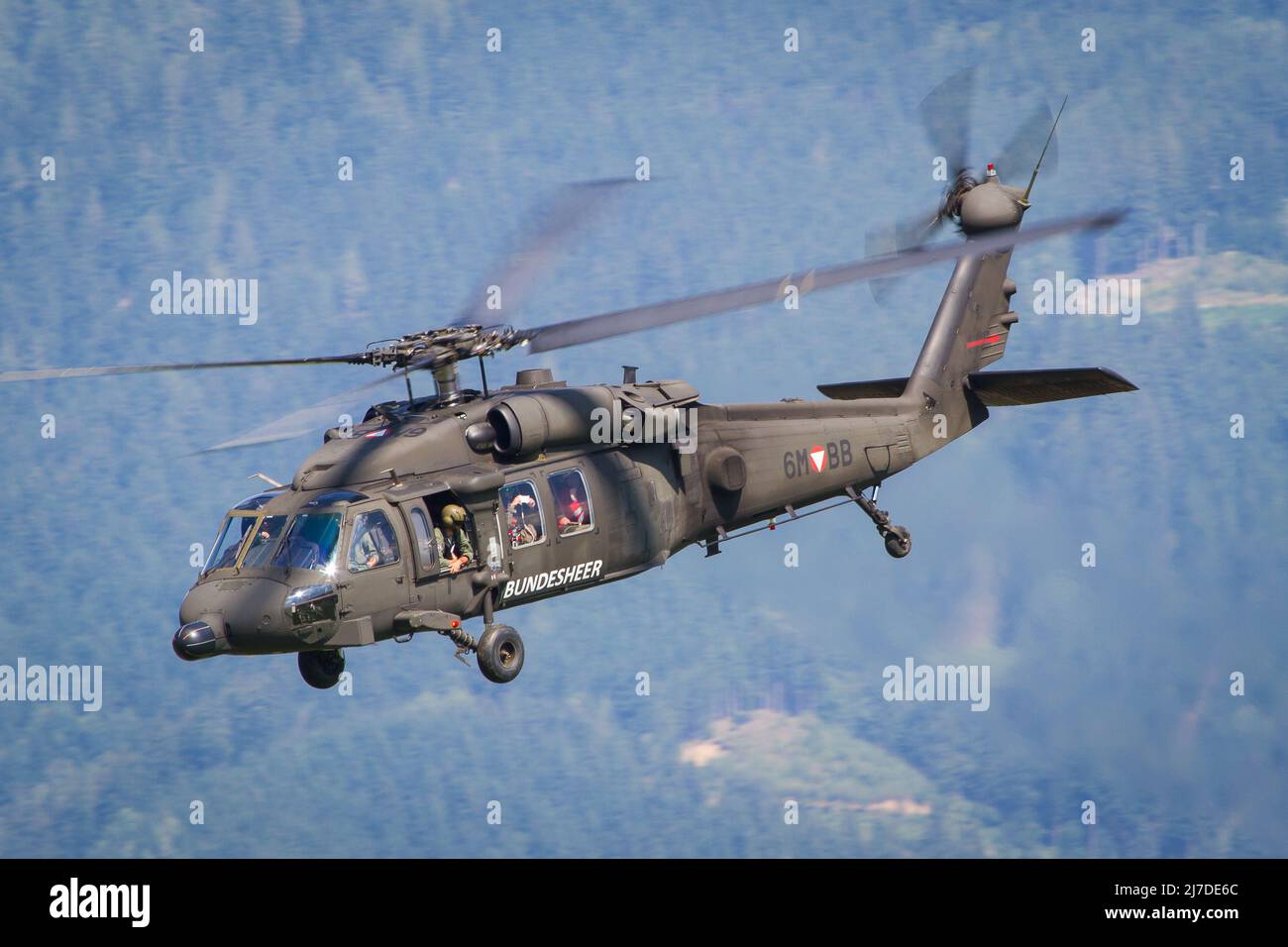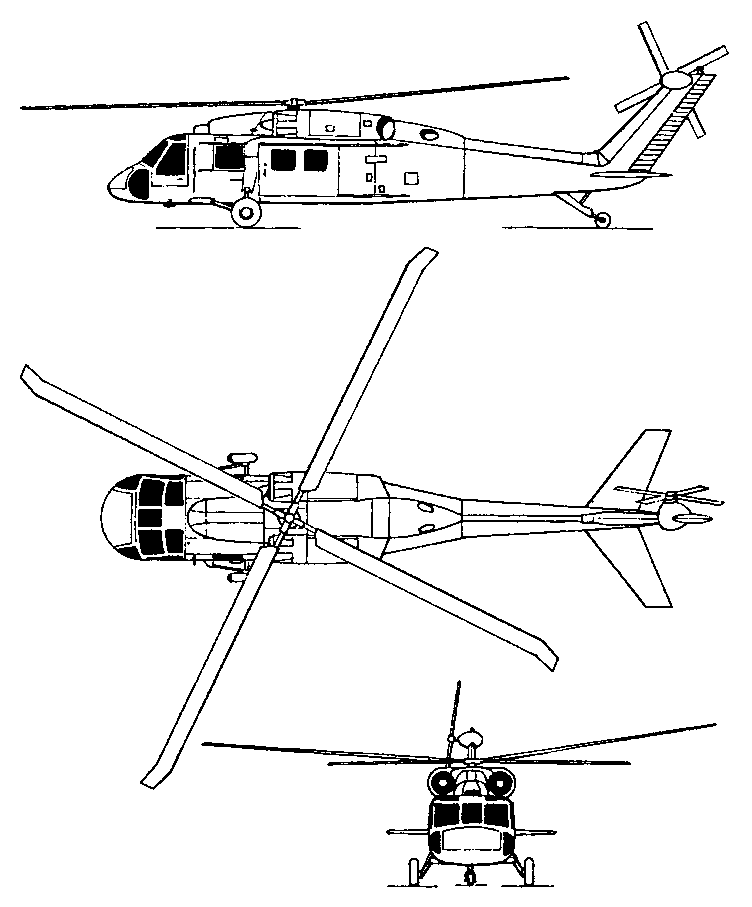Introducing the Sikorsky S 70: Advancements and Advancements in Helicopter Design
Introducing the Sikorsky S 70: Advancements and Advancements in Helicopter Design
Blog Article
Rotary-Wing Airplane Offering Superior Longevity and Accuracy Design
In the realm of aeronautics, rotary-wing aircraft have actually long been identified for their special abilities in different operational environments. From military objectives to private applications, the development of rotary-wing modern technology has actually led the way for makers that provide unmatched sturdiness and precision engineering. Via developments in materials and building and construction techniques, combined with innovative trip control systems, these airplanes have actually come to be essential devices for tasks that require both effectiveness and precision. As we discover the elaborate equilibrium in between development and reliability in rotary-wing aircraft, it comes to be noticeable that the merging of sophisticated technology and proven layout concepts has established a brand-new standard for efficiency and efficiency in the aerospace industry.
Evolution of Rotary-Wing Innovation
Throughout the history of aviation, the advancement of rotary-wing technology has been a testament to continual development and advancement in aerial design. From the very early days of upright flight with rudimentary layouts to the innovative helicopters and other rotary-wing aircraft of today, the development in this field has been impressive.
In the early 1900s, pioneers like Igor Sikorsky and Juan de la Cierva made considerable strides in rotary-wing technology. Sikorsky's VS-300 helicopter, very first flown in 1939, marked a crucial moment in the growth of useful rotary-wing airplane. This success led the way for further innovations in upright trip capacities.

Today, rotary-wing airplane play essential functions in various fields, including army procedures, emergency situation medical solutions, legislation enforcement, and industrial transport. The development of rotary-wing technology continues to push the borders of what is feasible in upright flight, guaranteeing that these aircraft continue to be crucial assets in the aviation market.
Products and Building And Construction Innovations
Demonstrating a fusion of innovative materials and accurate building and construction methods, rotary-wing aircraft have undertaken substantial innovations in sturdiness and performance. Among the crucial developments in products made use of for rotary-wing airplane is the enhancing use of composite materials. These products, such as carbon fiber reinforced polymers, offer a high strength-to-weight proportion, boosting both the architectural honesty and overall efficiency of the airplane. In addition, developments in manufacturing processes have enabled more exact and detailed building and construction of rotary-wing components, contributing to improved the rules of aerodynamics and effectiveness.
Moreover, the integration of innovative coverings and surface area treatments has played an essential function in improving the toughness of rotary-wing airplane. These coatings supply defense versus corrosion, abrasion, and extreme weather, prolonging the life-span of the airplane and lowering maintenance demands.
In regards to construction advancements, additive manufacturing, also called 3D printing, has actually revolutionized the manufacturing of facility elements for rotary-wing airplane. This technology enables fast prototyping and customization, causing faster advancement cycles and lowered costs. In general, the continuous evolution of published here materials and construction strategies is driving the capabilities and performance of rotary-wing aircraft to brand-new heights.
Accuracy Trip Control Equipment

The combination of GPS technology further enhances the accuracy and integrity of these systems, enabling for exact navigation, waypoint tracking, and automated flight control. sikorsky s 70. This level of accuracy not just enhances the safety of rotary-wing procedures yet also improves total functional performance and objective efficiency
Additionally, the continual developments in expert system and artificial intelligence have assisted in the growth of independent flight capacities within Accuracy Trip Control Solution. This makes it possible for rotary-wing airplane to perform complex missions with unmatched accuracy and consistency, making them essential properties in a variety of applications, including army operations, search and rescue objectives, and aerial photography.
Longevity in Challenging Environments
Popular functional settings, rotary-wing airplane demonstrate exceptional resilience and effectiveness, making sure ideal performance under tough ecological conditions. These airplanes are designed to stand up to a wide variety of ecological elements, including extreme temperature levels, high winds, and harsh terrain, making them appropriate for different missions in varied landscapes.
One essential element contributing to the longevity of rotary-wing airplane is their tough construction. These airplanes are built making use webpage of premium products and progressed design methods to enhance their architectural stability and reliability. Furthermore, elements such as rotor blades, engine systems, and touchdown gear are meticulously developed to stand up to the stresses and stress come across during operations in challenging settings.
In addition, rotary-wing airplane are geared up with innovative onboard systems that monitor performance metrics in real-time, permitting positive upkeep and very early discovery of prospective issues - sikorsky s 70. This aggressive technique helps prevent unanticipated failings and ensures the continued airworthiness of the aircraft popular operational setups. In general, the resilience of rotary-wing aircraft in challenging settings is a testament to their exceptional engineering and style, making them essential properties for various mission-critical operations
Upkeep and Reliability Requirements
The adherence to rigid maintenance and integrity standards is paramount in ensuring the optimal efficiency and safety and security of rotary-wing airplane. Regular maintenance checks, conducted by licensed service technicians, are important to determine and resolve any potential problems prior to they compromise the airplane's performance. These checks incorporate a thorough exam of all vital parts, consisting of the engine, blades system, avionics, and hydraulic systems, to ensure that they are in prime working condition.
Additionally, adherence to set up upkeep intervals in accordance with supplier guidelines is critical for maintaining the aircraft's integrity. This proactive strategy helps stop unforeseen break downs and important link makes sure that the airplane remains airworthy for its intended goals. Additionally, the execution of durable dependability requirements, such as regular part testing and substitute based upon predetermined lifecycles, better enhances the airplane's dependability.
Final Thought

Finally, the innovations in rotary-wing airplane modern technology have brought about premium durability and accuracy engineering. With innovative materials and construction methods, together with accuracy trip control systems, these aircraft can operate in tough environments with boosted reliability. The upkeep and reliability requirements ensure that these rotary-wing airplane proceed to carry out at their best, making them important possessions for different industries.
Showing a combination of innovative products and specific building and construction strategies, rotary-wing aircraft have gone through considerable innovations in durability and efficiency. One of the essential technologies in materials utilized for rotary-wing aircraft is the increasing application of composite products.With careful attention to information and advanced technical integration, rotary-wing airplane have accepted Precision Trip Control Systems as a foundation of their functional quality. Generally, the sturdiness of rotary-wing aircraft in challenging settings is a testimony to their remarkable design and style, making them vital possessions for numerous mission-critical procedures.
In conclusion, the advancements in rotary-wing aircraft modern technology have led to exceptional longevity and accuracy design.
Report this page